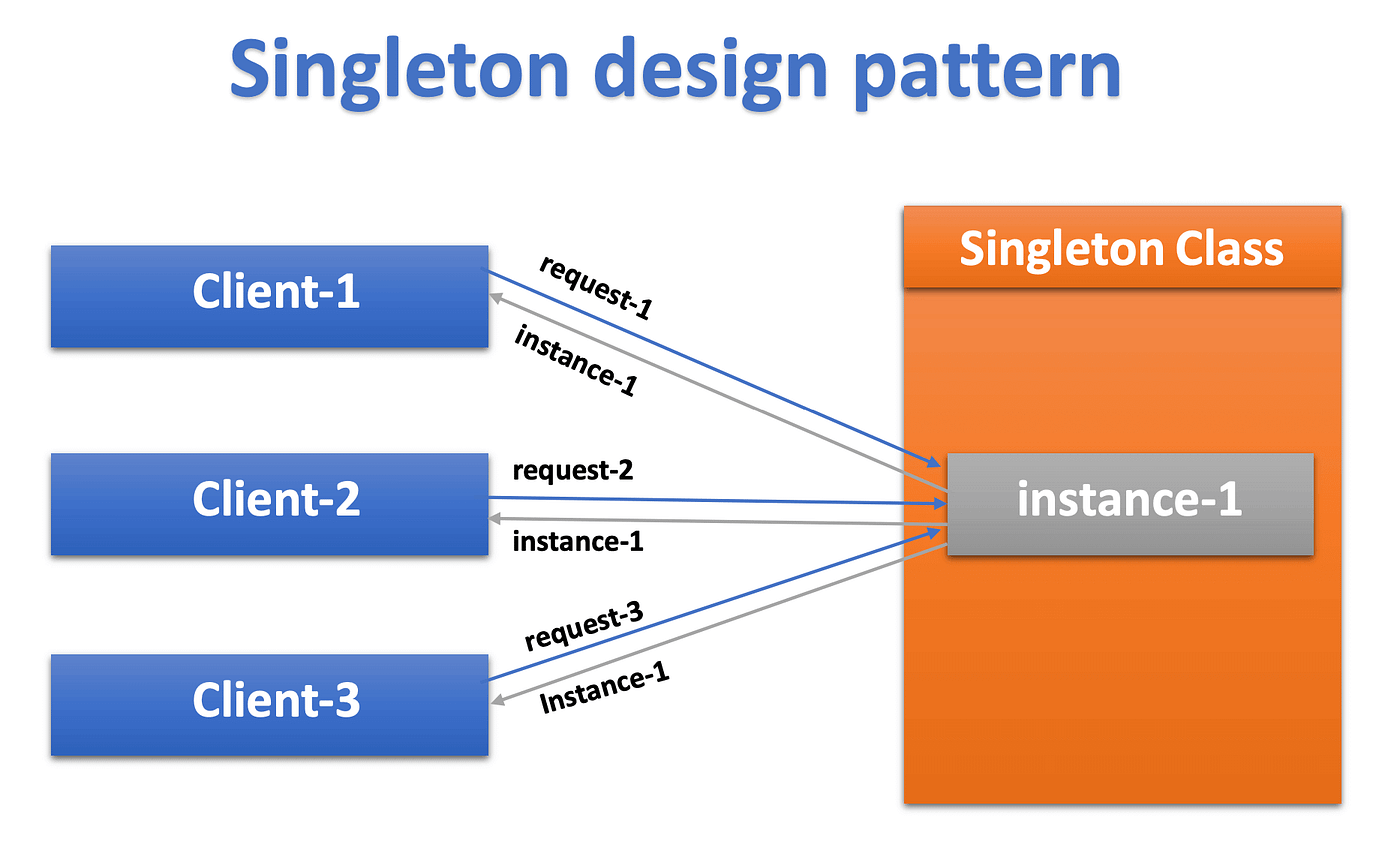引言
在软件开发中,设计模式是一种解决常见问题的经验总结,它提供了一套可复用的解决方案,帮助开发人员更高效地编写可维护和可扩展的代码。单例模式是设计模式中的一种,它确保一个类只有一个实例,并提供一个全局访问点。
单例模式的应用场景
单例模式适用于以下情况:
资源共享的场景: 在整个系统中,需要共享某个资源,例如配置信息、数据库连接池等。
控制资源的访问: 在多线程的情况下,避免多个线程同时访问某个资源,引起数据不一致。
实例控制: 某些类创建实例需要消耗较多资源,通过单例模式可以减少实例的创建,提高性能。
单例模式的实现
废话不多说,直接Show代码吧,这里演示下三种创建单例模式的代码
1. 饿汉式单例模式
1
2
3
4
5
6
7
8
9
10
11
12
13
14
| public class Singleton {
private static final Singleton instance = new Singleton();
private Singleton() {
}
public static Singleton getInstance() {
return instance;
}
}
|
2. 懒汉式单例模式(双重检查锁)
1
2
3
4
5
6
7
8
9
10
11
12
13
14
15
16
17
18
| public class Singleton {
private static volatile Singleton instance;
private Singleton() {
}
public static Singleton getInstance() {
if (instance == null) {
synchronized (Singleton.class) {
if (instance == null) {
instance = new Singleton();
}
}
}
return instance;
}
}
|
3. 静态内部类单例模式
1
2
3
4
5
6
7
8
9
10
11
12
13
14
| public class Singleton {
private static class SingletonHolder {
private static final Singleton instance = new Singleton();
}
private Singleton() {
}
public static Singleton getInstance() {
return SingletonHolder.instance;
}
}
|
单例模式的应用示例
假设我们有一个日志记录器,我们希望在整个应用程序中只有一个实例记录日志,可以使用单例模式来实现:
1
2
3
4
5
6
7
8
9
10
11
12
13
14
15
16
17
18
19
20
21
22
| public class Logger {
private static Logger instance;
private Logger() {
}
public static Logger getInstance() {
if (instance == null) {
synchronized (Logger.class) {
if (instance == null) {
instance = new Logger();
}
}
}
return instance;
}
public void log(String message) {
System.out.println("Log: " + message);
}
}
|
在应用中,我们可以通过以下方式获取日志记录器的实例:
1
2
3
| Logger logger = Logger.getInstance();
logger.log("This is a log message.");
|
通过单例模式,确保了整个应用程序只有一个日志记录器实例,避免了资源浪费和数据不一致的问题。
总结
单例模式是一种简单而强大的设计模式,可以有效地解决特定问题,例如资源共享、实例控制等。在使用单例模式时,需要注意线程安全性,选择适合场景的实现方式。通过合理应用设计模式,我们能够编写出更加健壮和可维护的代码。



